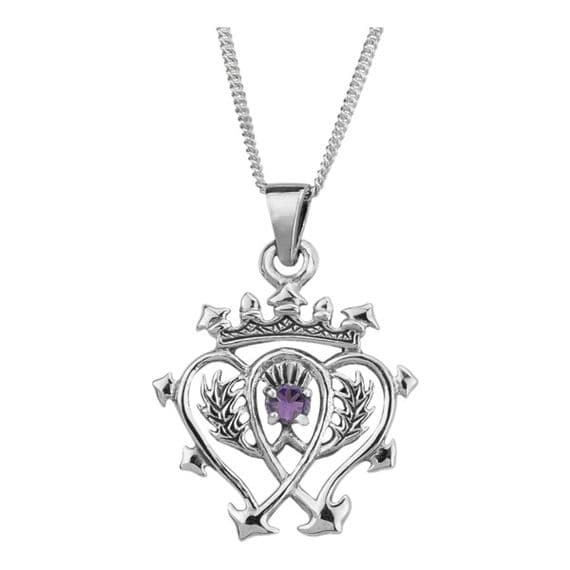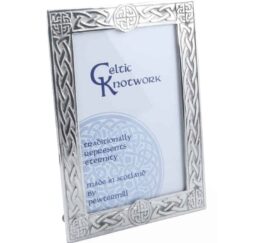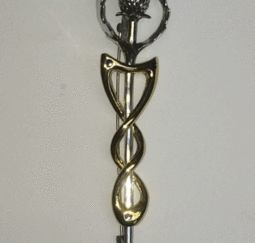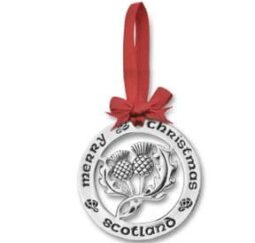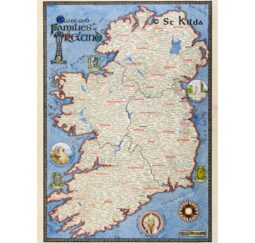History of The Luckenbooth Brooch, its a traditional Scottish wedding brooch given to the bride by the groom on their wedding day, and subsequently pinned to the shawl of the first baby to protect it from “evil spirits”.
The Luckenbooth has figures very similar to the Claddagh Ring, and a similar purpose of being a love token. The luckenbooth charm also continues the traditional theme of heart and crown. The earliest records of heart shaped brooches in Scotland date back to 1503. In the 18th Century, these brooches were often known as ’Luckenbooth’ brooches because they were sold from locked booths in the jewellery quarter of St. Giles, Edinburgh.
During the sixteenth to eighteenth centuries there were two main styles of brooches in Scotland; one was the ring brooch, often with incised decoration, and used to fasten plaids by both men and women. The other brooch was a heart shaped one, often given at weddings and engagements as tokens of love.
From the eighteenth century onwards small plain heart shaped brooches were worn to protect against evil spirits, the evil eye or the attention of the fairies. These are the famous “Luckenbooth Brooches”.
Luckenbooths were shops in Edinburgh, situated on the Royal Mile from St Giles Catherdral down towards the Canongate. They were the city’s first permanent shops that housed jewellery workers and other trades, dating from the 16th century. The brooches they made were heart shaped ones surmounted by a crown and usually made of silver.
The first Luckenbooth brooches date from the late XVII century and were very small. This traditional gift was given to a man’s sweetheart on their betrothal but also it was considered a lucky charm, protecting the wearer against evil eyes. Among other powers the Luckenbooth has, was easing the pain at childbirth and ensuring a good flow of breast milk when pinned to a woman’s petticoats near the left thigh. If pinned to the baby’s shawl, it will protect the child from being stolen by fairies.
During the XVIII and XIX centuries the Luckenbooth became larger and more elaborate with inscriptions on the back such as biblical references or the initials of the couple and the date of their betrothal.
From 1850 onwards, the intertwined hearts resembling the letter M; with thistle fleur de lys were used; these came to be called Mary’s Brooches or even Queen Mary’s Brooches. Mary Queen of Scots’s husband, Lord Darnley gave her one.
The Luckenbooth Brooch is still a very popular gift for weddings today. Many Scots and Scottish desendants from Canada, United States, New Zeland, Australia purchase the Brooch as a symbol of Scottish tradition and good luck.
